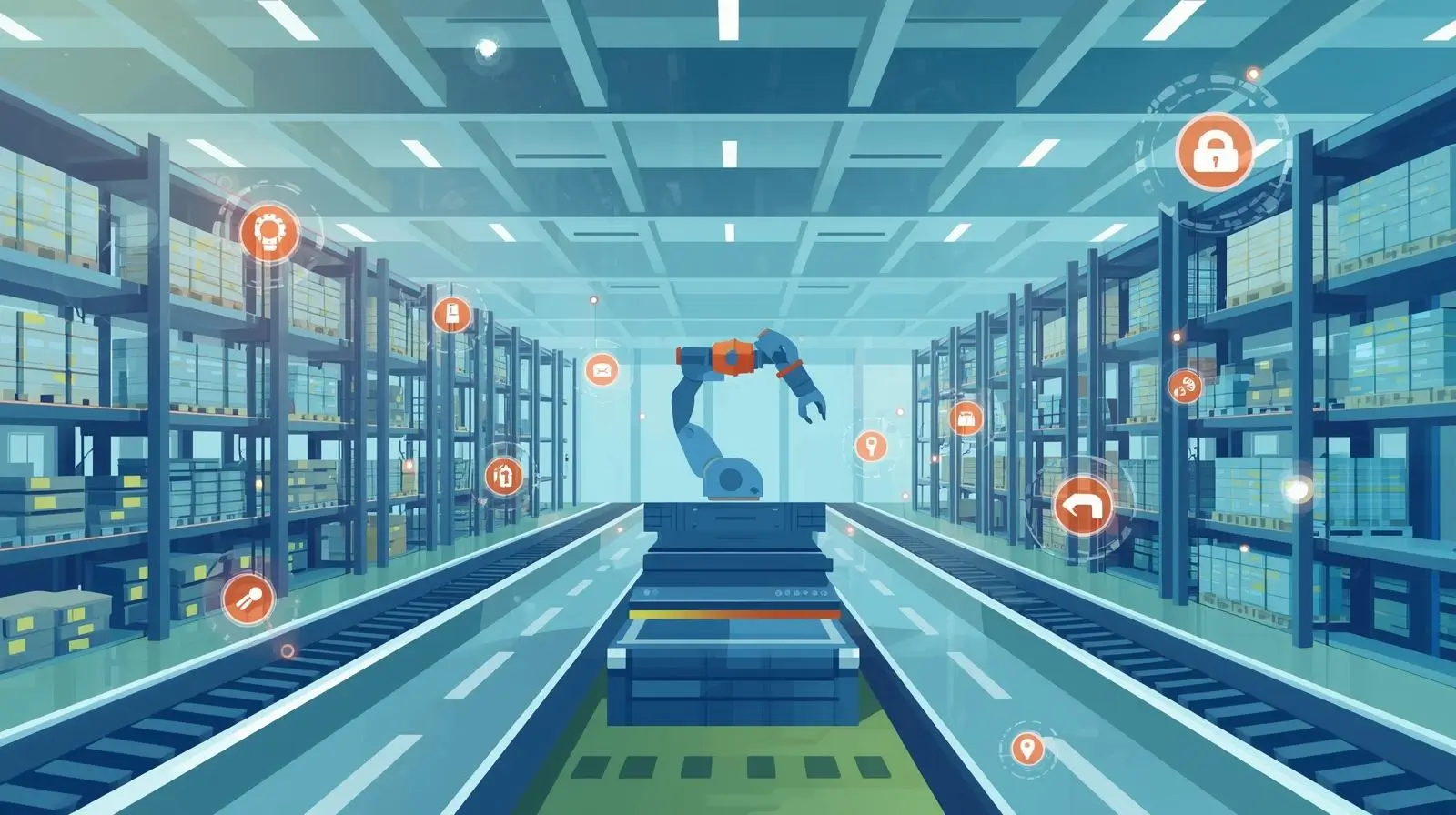Industrial IoT: Optimizing Modern Manufacturing
If you’ve ever wondered how modern factories seem almost alive, with machines humming in sync and production lines running like clockwork, chances are Industrial IoT (IIoT) is behind the magic.
Industrial IoT is like the nervous system of a smart factory — sensors, devices, and machines all connected to the internet, sharing real-time data that keeps operations efficient, safe, and productive. Unlike consumer IoT, which focuses on convenience, IIoT is about optimizing industrial processes, reducing downtime, and boosting safety.
The Core of IIoT: Connecting Machines and Data
In a traditional factory, machines operate largely in isolation. A conveyor belt or a furnace works on pre-set schedules, and maintenance usually happens after something breaks. That’s costly, time-consuming, and often dangerous.
IIoT changes the game by connecting every device to a network:
- Sensors monitor temperature, vibration, pressure, and energy use.
- Actuators adjust machine performance in real-time.
- Gateways and edge devices process data locally to make quick decisions.
- Cloud platforms collect and analyze long-term trends to optimize operations.
Real-World Examples
- Predictive Maintenance: Sensors on a motor detect unusual vibration patterns. Instead of waiting for it to fail, the system predicts potential issues and schedules maintenance, reducing costly downtime.
- Energy Efficiency: IIoT sensors track energy consumption across machines. Analytics platforms suggest ways to reduce waste, like adjusting heating, cooling, or machine usage during off-peak hours.
- Safety Monitoring: Connected wearable devices monitor worker health and location. Alerts are triggered instantly if unsafe conditions are detected.
- Supply Chain Visibility: IoT-enabled equipment tracks raw materials, production output, and shipment status, improving decision-making and reducing bottlenecks.
The Benefits of Industrial IoT
- Higher Efficiency: Automated adjustments and real-time monitoring reduce errors and boost production speed.
- Reduced Costs: Predictive maintenance and energy optimization save money and prevent unplanned downtime.
- Enhanced Safety: Sensors and wearables keep workers safe and compliant with regulations.
- Better Decision-Making: Data-driven insights help managers identify trends and optimize operations.
Challenges to Consider
- Data Security: Connected devices can be vulnerable to cyberattacks. Strong encryption and secure networks are essential.
- Integration: Many factories have legacy machines that need IoT integration. Choosing the right gateways and protocols is key.
- Scalability: Systems should grow with production needs, handling more devices and data without slowing down.
The Future of Industrial IoT
The next wave of IIoT isn’t just about monitoring machines — it’s about intelligent automation. AI and machine learning are being integrated with IIoT systems to make self-optimizing factories that predict production needs, automatically adjust schedules, and even reorder materials without human intervention.
Imagine a factory where machines communicate directly with suppliers, robots collaborate seamlessly with human workers, and downtime is nearly eliminated. That’s not science fiction — that’s the future IIoT is building today.
Conclusion
Industrial IoT is more than a trend; it’s the backbone of modern manufacturing. By connecting machines, collecting real-time data, and using analytics to make smart decisions, IIoT is redefining efficiency, safety, and productivity.
For manufacturers, embracing IIoT isn’t just about keeping up with technology — it’s about staying competitive in a world where speed, precision, and intelligence matter more than ever.


